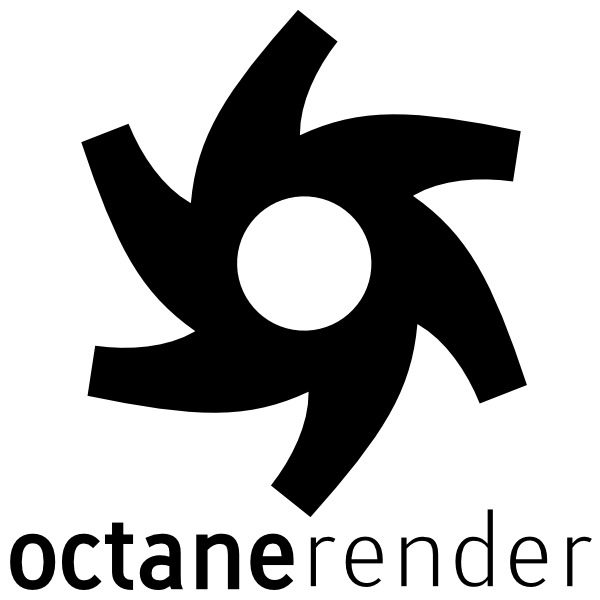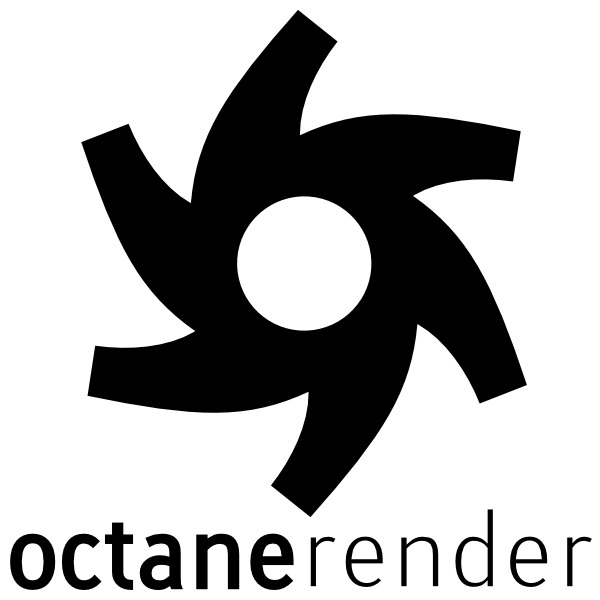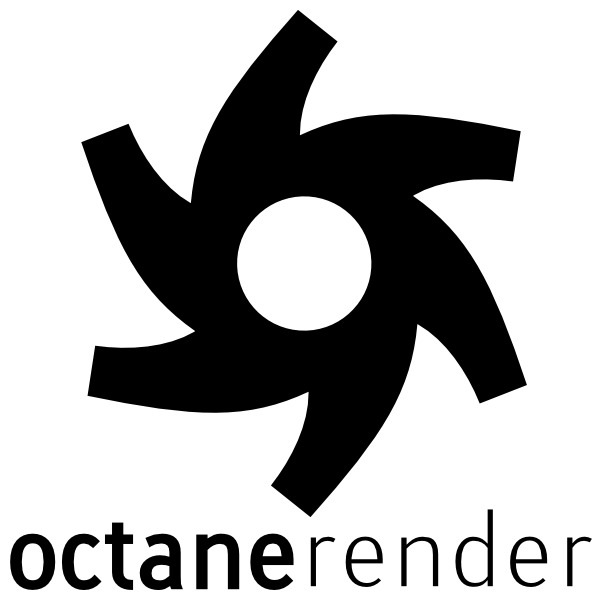OctaneRender is a GPU-based rendering engine, utilizing the CUDA programming language on NVIDIA-based graphics cards. An update to their benchmark, OctaneBench 4.00, was recently released – so we gathered most of the current and recent GeForce and Titan series video cards and tested them to see how they perform in this version of OctaneRender.









